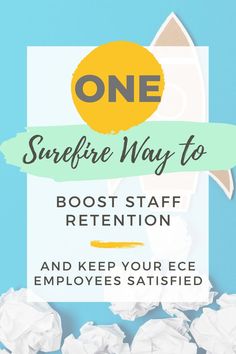In the competitive world of business, hiring the right staff is crucial for success. The process of appointing staff members can be a balancing act, where you must find the perfect blend of experience, skills, and cultural fit. One essential skill that hiring managers should possess is the ability to read between the lines during interviews or when reviewing resumes. This article will delve into the importance of reading between the lines and provide some tips on how to do it effectively.
Why Reading Between the Lines Matters
Reading between the lines allows you to gain a deeper understanding of a candidate’s capabilities, perceptions, and intentions beyond their spoken or written words. Hiring based on this skill can lead to more informed decisions, as well as avoiding costly mistakes like hiring someone who doesn’t have the right mindset for your organization.
Here are some methods to help you read between the lines when appointing staff:
1.Look for non-verbal cues during interviews
Non-verbal cues, such as facial expressions, body language, and eye contact, can reveal a lot about a person’s thoughts and emotions. Be aware of these signals during interviews; they might indicate how interested and dedicated a candidate is or if they are genuinely passionate about your company’s mission.
2.Dig deeper into work experience
When reviewing resumes, don’t just focus on job titles or years in a position; consider how an applicant’s experience aligns with your organization’s needs. Look for transferable skills that may not be immediately apparent but could indicate an individual’s ability to adapt and bring value to your team.
3.Analyze communication styles
The way candidates communicate verbally or in writing can give you important clues about their personality and work ethic. Pay attention to how they engage with you or others during interviews while using email or other tools throughout the hiring process.
4.Look for patterns in employment history
Review employment history to identify any patterns, such as job-hopping or employment gaps. While some people might have valid reasons for such issues, finding trends in their career choices can indicate red flags that warrant further investigation.
5.Seek out additional information
Take the time to research your candidates online, including their social media presence or portfolio websites. If they have produced content or engaged with others in their field online, it can reveal qualities about the candidate that may not be apparent in an interview or resume.
6.Trust your instincts
While instinct should not be the sole factor in deciding whether to hire someone, it is still a valuable tool to use when combined with other evaluation methods. If there’s something about a candidate that doesn’t sit well with you, consider digging further into their background or experience before making a decision.
Conclusion
Reading between the lines is a valuable skill for hiring managers, as it can uncover insights about potential employees that can prove essential for your organization’s success. Remember to analyze non-verbal cues, dig deeper into work experience, and trust your instincts when determining if a candidate is the right fit. By taking this critical extra step in your hiring process, you increase your chances of appointing staff members who will become valuable assets to your organization.





